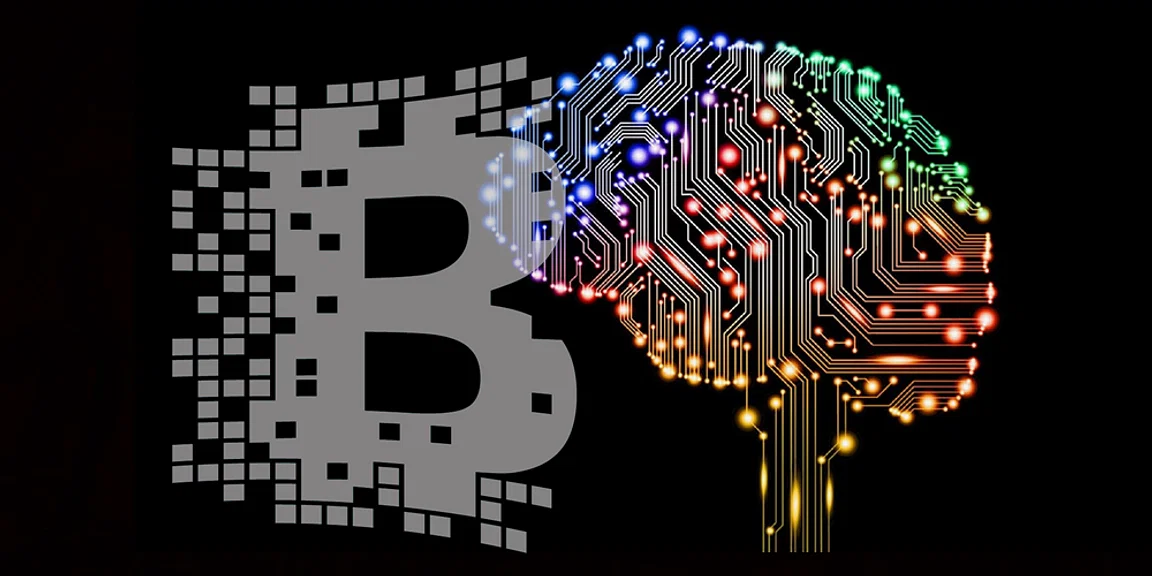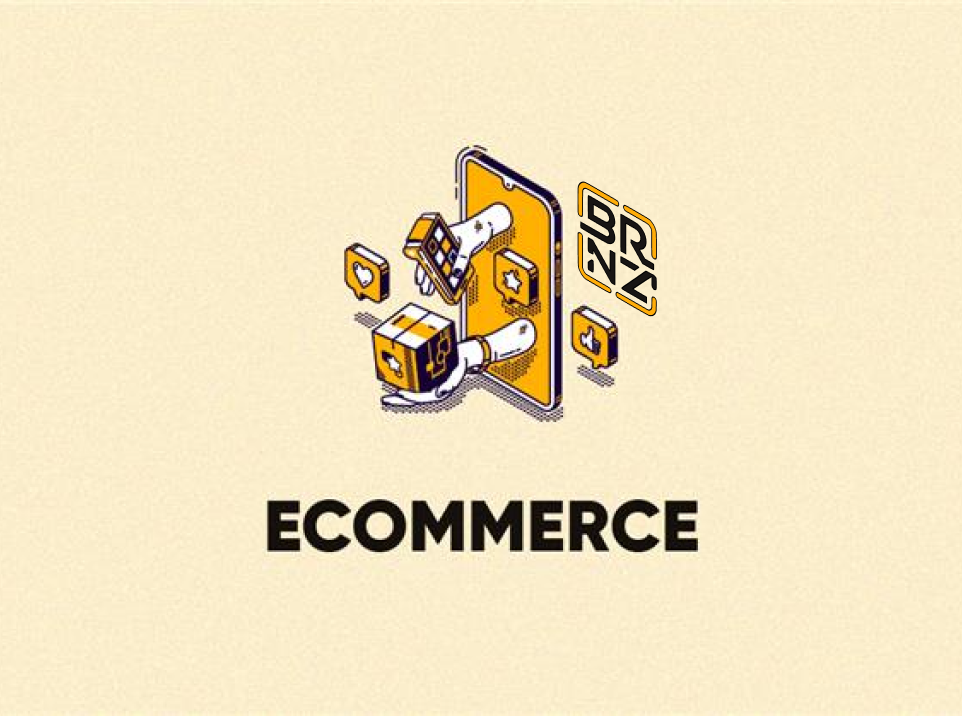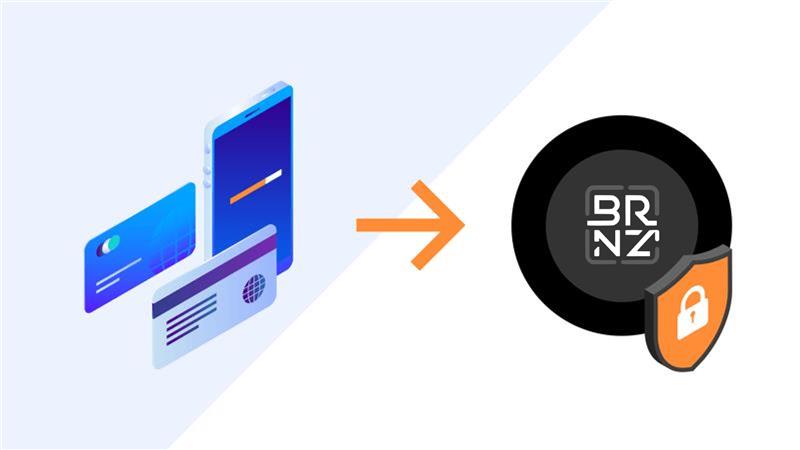-
There’s a fair chance that more AI applications will use blockchains to manage and store data in the future. And, yeah, blockchains might be slower than centralized data servers right now, but they’re also likely better for data privacy and integrity.
-
Some crypto projects stand to benefit from the integration of blockchain and AI. Solana and NEAR Protocol could better suit AI applications than other core blockchains.
-
Render, Arweave, and Chainlink all enhance blockchain data in unique ways and could be seen as solid crypto-AI plays.
𝘕𝘷𝘪𝘥𝘪𝘢’𝘴 𝘯𝘰𝘵 𝘵𝘩𝘦 𝘰𝘯𝘭𝘺 𝘈𝘐 𝘪𝘯𝘷𝘦𝘴𝘵𝘪𝘯𝘨 𝘱𝘭𝘢𝘺 𝘰𝘶𝘵 𝘵𝘩𝘦𝘳𝘦 – 𝘯𝘰𝘵 𝘣𝘺 𝘢 𝘮𝘪𝘭𝘦 (𝘦𝘷𝘦𝘯 𝘪𝘧 𝘪𝘵𝘴 𝘴𝘩𝘢𝘳𝘦 𝘱𝘳𝘪𝘤𝘦 𝘥𝘰𝘦𝘴 𝘴𝘶𝘨𝘨𝘦𝘴𝘵 𝘰𝘵𝘩𝘦𝘳𝘸𝘪𝘴𝘦). 𝘈𝘯𝘥 𝘵𝘩𝘦 𝘰𝘯𝘦 𝘵𝘩𝘢𝘵’𝘴 𝘨𝘰𝘵 𝘮𝘺 𝘢𝘵𝘵𝘦𝘯𝘵𝘪𝘰𝘯 𝘯𝘰𝘸 𝘪𝘴 𝘪𝘯 𝘤𝘳𝘺𝘱𝘵𝘰. 𝘚𝘦𝘦, 𝘦𝘷𝘦𝘯𝘵𝘶𝘢𝘭𝘭𝘺 𝘣𝘭𝘰𝘤𝘬𝘤𝘩𝘢𝘪𝘯 𝘸𝘪𝘭𝘭 𝘪𝘯𝘵𝘦𝘨𝘳𝘢𝘵𝘦 𝘸𝘪𝘵𝘩 𝘈𝘐, 𝘢𝘯𝘥 𝘵𝘩𝘦𝘳𝘦 𝘢𝘳𝘦 𝘨𝘰𝘪𝘯𝘨 𝘵𝘰 𝘣𝘦 𝘴𝘰𝘮𝘦 𝘱𝘳𝘦𝘵𝘵𝘺 𝘨𝘰𝘰𝘥 𝘰𝘱𝘱𝘰𝘳𝘵𝘶𝘯𝘪𝘵𝘪𝘦𝘴 𝘸𝘩𝘦𝘯 𝘪𝘵 𝘥𝘰𝘦𝘴.
𝗙𝗶𝗿𝘀𝘁, 𝘄𝗵𝗮𝘁 𝗱𝗼𝗲𝘀 𝗯𝗹𝗼𝗰𝗸𝗰𝗵𝗮𝗶𝗻 𝗲𝘃𝗲𝗻 𝗵𝗮𝘃𝗲 𝘁𝗼 𝗱𝗼 𝘄𝗶𝘁𝗵 𝗔𝗜?
AI, of course, allows machines to do things that typically require a human brain, like making decisions, recognizing patterns, and learning from experience. But AI needs tons of data to thrive, and blockchains can be (among other things) a way of storing and managing that data, working across a decentralized network of computers without a central entity that keeps everything in check.
That’s one of its distinctive features actually. Look, most AI today runs on central servers like Amazon Web Services or Google Cloud. These make AI data requests quick and easy to manage, and with cutting-edge security to boot. Blockchains, meanwhile, are still a bit behind on the speed and usability end of things, but they could be much better for privacy – without a central authority holding the keys to the kingdom. Plus, blockchains don’t have a single point of potential failure like those central servers. And once data goes on the blockchain, it becomes immutable – as in, it can’t be altered in any way.
So that’s what makes this intriguing. The Big Ideas 2024 report from Cathie Wood’s Ark Invest says convergence among disruptive technologies will define this decade – and that the convergence of blockchain and AI will be a part of that story. When I asked ChatGPT for its assessment, it said there’s a “high probability” that AI will run on a combination of central servers and decentralized blockchains in the future.
𝗦𝗼 𝘄𝗵𝗲𝗿𝗲’𝘀 𝘁𝗵𝗲 𝗼𝗽𝗽𝗼𝗿𝘁𝘂𝗻𝗶𝘁𝘆 𝗵𝗲𝗿𝗲?
If you agree with me and see a future between blockchain and AI, then you’ll want to invest in the crypto projects that are positioning themselves as AI leaders. And rather than trying to pick a single winner, you’ll want to spread your bets across a few. Here are the five that I’d consider.
1. 𝙎𝙤𝙡𝙖𝙣𝙖 (𝙎𝙊𝙇)
According to a recent survey from CoinGecko, Solana is now the world’s fastest blockchain in terms of transactions per second (TPS). That speed could come in handy if it’s going to support AI data requests and applications. What’s more, Solana could get even faster after its Firedancer upgrade, which is expected to go through later this year.

The fastest blockchains by transactions per second (TPS). Source: CoinGecko.
2. 𝙉𝙀𝘼𝙍 𝙋𝙧𝙤𝙩𝙤𝙘𝙤𝙡 (𝙉𝙀𝘼𝙍)
NEAR Protocol isn’t as fast as Solana, but it makes life easy for developers who are looking to build AI projects on its blockchain. The project actually started as an AI business in 2017 – and now processes over five million blockchain transactions per day. It uses “Nightshade” technology to split its blockchain into smaller parts. So, in theory, it can scale to handle a lot of data without a problem. Keep in mind, however, that NEAR’s market value is only about a tenth of Solana’s, so the token could be more volatile (both to the upside and the downside).

The number of transactions processed per day on NEAR Protocol, using a rolling seven-day average. Source: The Block (using data from NearBlocks).
3. 𝙍𝙚𝙣𝙙𝙚𝙧 (𝙍𝙉𝘿𝙍)
Nvidia’s stock has exploded because of AI-led demand for its graphics processing unit (GPU) chips. GPUs are like car batteries for handling AI computations and data: the more powerful the battery, the better the car performs. Render is essentially a decentralized network of GPUs all working together to lighten the load. If you’re looking for more GPU power, you hand over some RNDR tokens. And if you’re looking to lease out your GPU power, you earn RNDR.

This image shows the difference between a centralized rendering network, at left, and a decentralized one, at right. Drawn with Visio.
4. 𝘼𝙧𝙬𝙚𝙖𝙫𝙚 (𝘼𝙍)
Arweave is a blockchain-based data storage solution that could work well with AI. The gist is that Arweave keeps data secured forever through its “permaweb” network. AI applications can easily retrieve that data, but it can’t be changed or tampered with. That’s useful for AI models that rely on historical data for training. And AR tokens are the currency you pay to store data on Arweave.
5. 𝘾𝙝𝙖𝙞𝙣𝙡𝙞𝙣𝙠 (𝙇𝙄𝙉𝙆)
Last, but not least, there’s Chainlink, which brings accurate and reliable data to blockchain. It uses a network of “oracles” (pieces of software that link blockchains to the internet) to find the best available data out there. Since AI needs quality data, and Chainlink is the market leader in the oracle niche, it’s a natural fit for this list.



